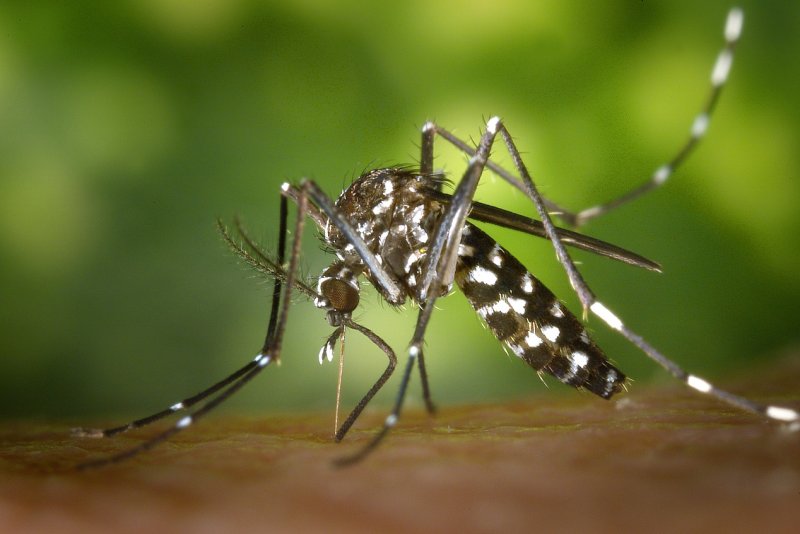Mosquito courting strategies could inspire quieter drones

Nov. 7 (UPI) — The rapidly beating wings of a mosquito serve two purposes, according to a new study. The tiny blades keep mosquitoes airborne and help them locate mates.
Male mosquitoes work to match their high-frequency buzz to the low-frequency hum of a female. They must carry out their courting rituals while flying through crowded airspace and tracking down their next meal.
Engineers at Johns Hopkins University set out to better understand how the mosquito’s wings meet the insect’s aerodynamic and acoustic needs. Their analysis could be used to design quieter drones or develop chemical-free mosquito control strategies.
“The same wings that are producing sound are also essential for them to fly,” lead researcher Rajat Mittal, a mechanical engineering professor and expert in computational fluid dynamics, said in a news release. “They somehow have to do both at the same time. And they’re effective at it. That’s why we have so much malaria and other mosquito borne diseases.”
High-def video footage revealed the insects flapping their long, narrow wings at high frequencies. Importantly, they also end each stroke by rotating their wings rapidly. By combining the unique shape of their blades with a special movement pattern, the mosquitoes are able to hover adeptly while also directing sound.
The rotation added to each stroke serves both ends, offering the insect additional lift and directing the sound of their beating wings in the direction of potential mates. Directional sound is an important part of securing a mate.
“If I’m talking to you and I turn my back, you’ll have a hard time hearing me,” Mittal said. “They have to be able to direct their sounds properly.”
The mosquito’s wing shape is also essential to its dual purpose.
“The long and slender wing is perfect for making sounds,” Mittal said. “Fruit flies, which are similar in size to mosquitoes, have short and stubby wings. Furthermore, mosquitoes are flapping at much higher frequencies than fruit flies. There is a reason for this. Higher frequencies are better at producing sounds.”
Engineers hope to use the latest research — published this week in the journal Bioinspiration and Biomimetics — to develop drones that direct sound upwards and away from pedestrians below. Not only would quieter drones be less of public nuisance, they could also help scientists observe wildlife without disrupting animal behavior.
Source: https://bit.ly/2ESgoxe
![]()





